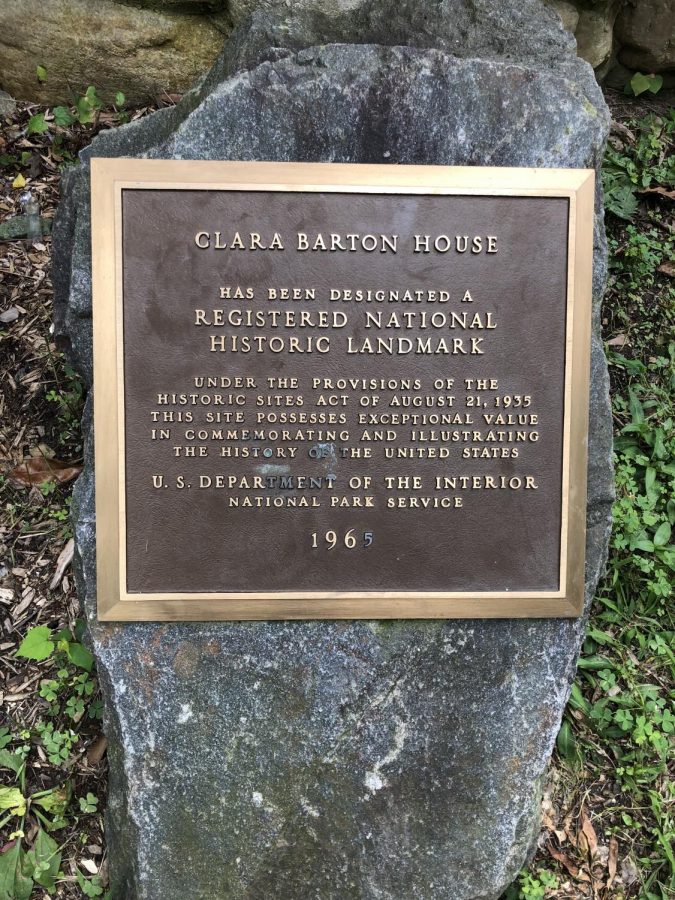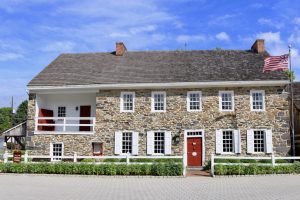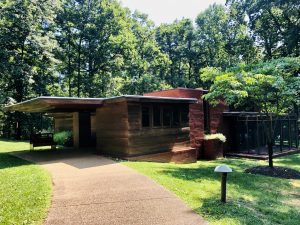Gems in the shadows: The Clara Barton National Historic Site
The Clara Barton house is a registered national historic landmark and is open to the public for tours.
We are lucky to live in a region rich with history, artifacts, monuments and stories that helped shape our area and our nation. However, many of these gems are hidden in the shadows of larger, more popular attractions, waiting to be explored. One such place is the Clara Barton House, located in the shadows of Glen Echo Park.
The house is the original home of the founder of the American Red Cross: Clarissa Harlowe Barton, or to those that knew her, Clara. Her home is the first national historic site dedicated to a woman.
Despite popular belief, Barton did not found the Red Cross, but rather the American Red Cross. She was inspired to impartially help soldiers in the Civil War, and after learning about Europe’s Red Cross on a trip, she received governmental approval to implement the program in America.
The story of the house is almost as unique as its owner, partly so because Barton received the house as a gift from the Bosley twins: Edward and Edwin. The two made a large fortune by inventing a new and improved egg beater. After doing so, they decided to purchase 516 acres of land near Montgomery County and named it Glen Echo.
Glen Echo, the 53rd Chautauqua, served as a tourist attraction and getaway, with theater, classes and beautiful surrounding nature. However, Glen Echo was new, and despite all of its incentives for people to come, its existence was largely unheard of.
Contrary to the land, Barton and the new American Red Cross had well-established reputations. This is why the twins made the decision to give Barton some of their land, as well as build her a house, free of charge: to increase Glen Echo’s popularity.
The house models one of the Red Cross’s shelters for the homeless that was designed after the 1889 Johnstown Flood, which occurred in Pennsylvania. After walking across the porch and in through one of the two entrance doors, a large, open hallway that could serve as a dining hall is found.
Surrounding the hall are a multitude of rooms, such as Barton’s private study facing the Chesapeake and Ohio Canal, and guest bedrooms. Lined up just underneath the ceiling of the house are various colored windows that also serve as vents.
Since Barton was conservative with her money, yet extremely resourceful, she used cotton muslin bandages (like the ones used on the soldiers in the Civil War) to plaster most of the walls and ceilings inside the house for insulation. It was these practical touches that Barton employed to help manage the home she lived in the last 15 years of her life.“The house represents Clara Barton’s dedication to the work of the American Red Cross, to helping people that needed help. After disaster and after war struck them unexpectedly, the American Red Cross was there,” Kevin Patti, a tour guide for the house, said.
Today, people from all over the world come to visit the house and receive free tours provided by the National Parks Service. Open every Friday and Saturday from 1 to 4 p.m., come and learn about an influential woman and her elegant home. “The audience is the general public. . . . Everybody is welcome. It works because the story is really a compelling story. It’s a human story,” Patti said.
The Clara Barton House is located at 5801 Oxford Rd, Glen Echo, MD 20812
Your donation will support the student journalists of Thomas S. Wootton High School. Your contribution will allow us to purchase equipment and cover our annual website hosting costs.
Joshua M. Freedman is a 2022 graduate.










![Junior Grace Song rewatches the trailer for Anora. Promoted as "A Love Story from Sean Baker," it is the eighth feature film under Baker's belt starring Mikey Madison in the titular role. "[Anora] accurately represents women overseen and easily taken advantage of. It emotionally enticed me. The ending is so good," Song said.](https://woottoncommonsense.com/wp-content/uploads/2024/11/Rc5RQTdjtUFtyT7IyQe1rSxkpOTc6NoksY8jtoop-e1732201365565-600x450.jpg)